Palmetto Bluff Real Estate Company Sales Office
Office Hours
Monday-Friday 9am - 5pm
Saturday 9am - 4pm
Sunday 12 - 4pm
Saturday 9am - 4pm
Sunday 12 - 4pm
Spend an afternoon in the Historic District of Savannah, and you’ll notice that its planning is unlike most American cities.
Arranged within the perpendicular streets of houses and buildings is a series of rectangular parks, each about two blocks apart. The squares give the downtown a more spacious, relaxed feel, causing traffic to move at a leisurely pace and providing a breath of fresh air amid the rush of the city. Today, each square is a unique and beautiful memorial to one of Savannah’s many historical figures and events, but they originally served a much more utilitarian purpose.
Founded in 1733 by General James Oglethorpe, Savannah was the first city established in the new colony of Georgia. Oglethorpe was a methodical man, and, true to his nature, he made sure that his city was well-planned before any construction began. Rather than the tightly-packed rows of houses familiar in England, Oglethorpe designed the city like a military camp — squares of open space, surrounded by houses. Savannah’s squares were intended to provide an open area for military exercises and town gatherings.
Additionally, the squares created spacing between buildings, which, the thought was, might prevent the devastating fires that had plagued London and other cities in the past. (This was only marginally successful, as Savannah suffered at least two catastrophic fires in 1820 and 1865.)
The original plan for the city called for a total of six squares. Johnson Square was the first to be constructed. Located between Bryan and Congress Streets and intersected by Bull Street, it is named after Robert Johnson, a friend of Oglethorpe’s and the governor of the Province of South Carolina in the early 1700s. In 1718, Governor Johnson, gained fame and popularity among the colonists by personally organizing a ship, to be led by Colonel William Rhett, a military hero, to find and eliminate the pirates plaguing the coast. Within weeks, Rhett captured Stede Bonnet, known as the “Gentleman Pirate” because of his semi-aristocratic upbringing. Bonnet had begun his crime spree barely a year before, when he abandoned his life as a wealthy planter and purchased a ship (an unusual departure from conventional piratical hijacking), hired a crew, and set off to create havoc. After a drawn-out battle, Rhett’s crew managed to take Bonnet’s ship and returned to Charleston with Bonnet and his crew in shackles. Despite his pleas for leniency, Bonnet was eventually hanged, leaving Governor Johnson with a public relations coup and more peaceful South Carolina.%GALLERY%The second square to be constructed was Wright Square, rechristened in 1763 to honor a royal governor of Georgia. Wright Square bears the distinction of containing the remains of Tomochichi, a chief of the local Creek tribe, who became a staunch ally of Oglethorpe and who aided the first settlers in Savannah. A granite boulder from Stone Mountain has replaced the pile of stones that at one time marked the grave of Tomochichi, but there is a more unusual memorial of the life of this great leader. A portrait of Tomochichi and his nephew, painted during their visit to London in 1734, preserves not only the likeness of a distinguished man but also a rare image of an early 18th century Native American.
Ellis Square, the third of the original four squares and also named for a royal governor, was constructed as the primary marketplace of the town of Savannah. In the 1950s, a brick market building that had occupied the square for a century was demolished, and a parking garage was erected in its place. The destruction of the Ellis Square market had a silver lining, though: it led to the start of the historic preservation movement in Savannah and ultimately the renovation and reopening of the square.
Telfair Square, Reynolds Square, and Oglethorpe Square round out the six squares called for by General Oglethorpe’s plan. During the rest of the 18th century, six new squares were constructed, and 12 more were completed by 1851. Today, the charming and verdant squares are not only links to the past, but collectively are a vision for the future: Savannah’s city planners still refer to Oglethorpe’s designs and continue to incorporate green spaces wherever possible.

Palmetto Bluff’s Moreland Village feels a world away from the more traditional architecture of the iconi...

We are thrilled to introduce the inaugural winners of the Inspiring the Arts Scholarship—three extraordinary young women pursuing their artistic dreams through higher education! Katherine Donahue has been named our first official scholarship recipient, with Em...
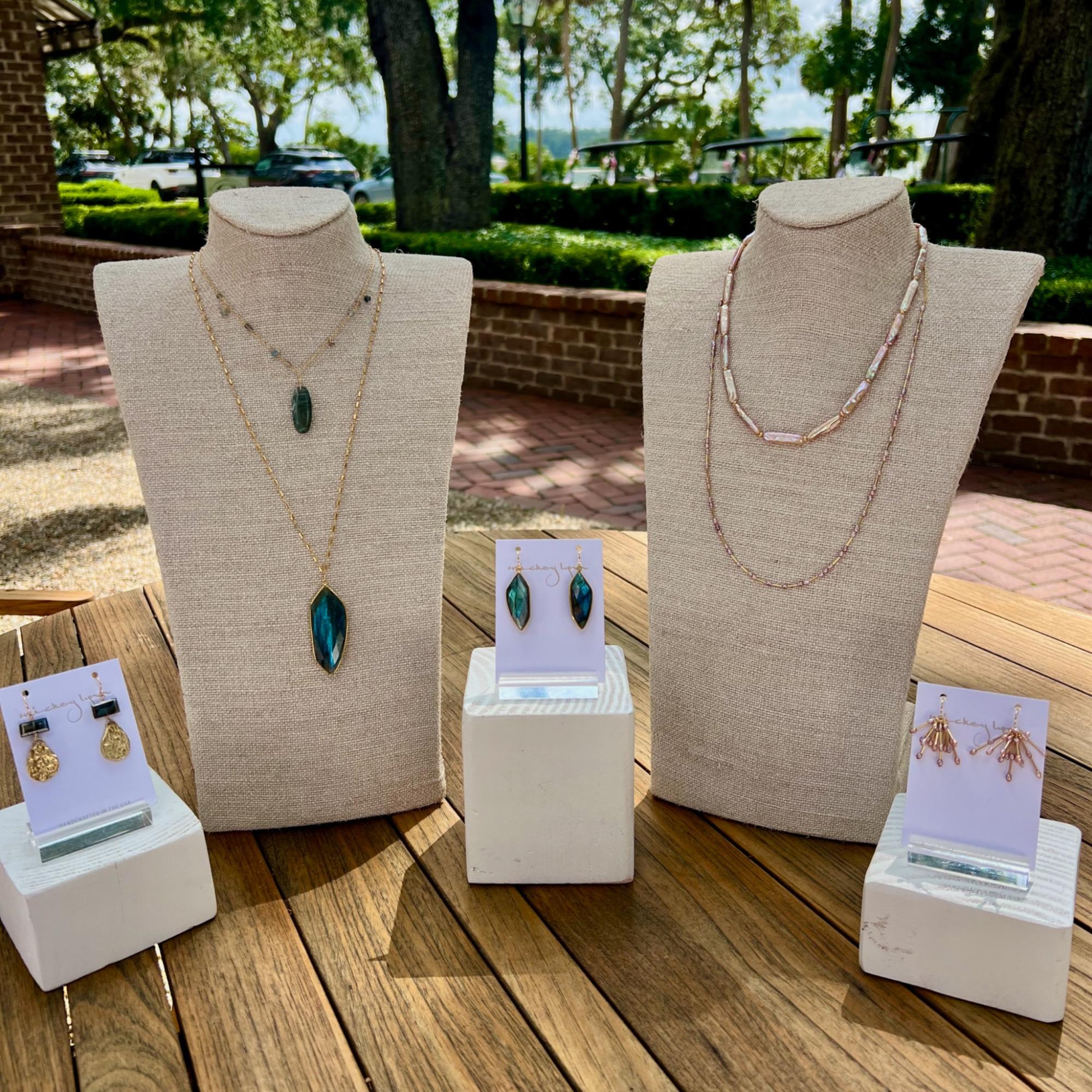
From handmade jewelry to performance wear, the latest arrivals at Palmetto Bluff’s retail spots capture the season in true Lowcountry style. This summer, the Bluff’s shops are full of fresh finds, carefully chosen by our trusted retailers—including FLOW Galler...
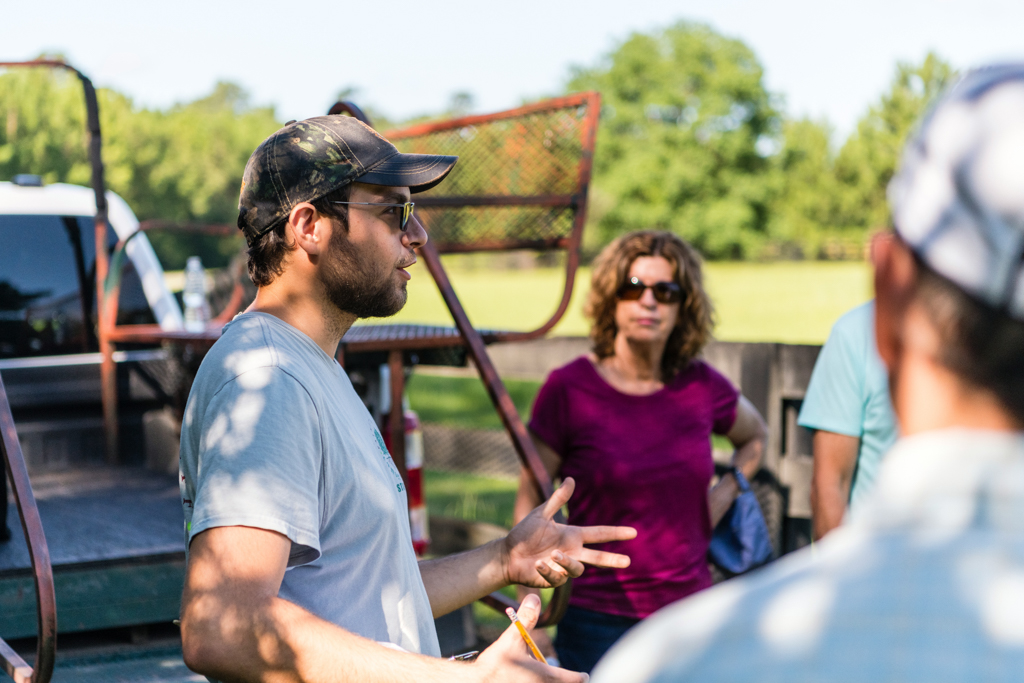
Citizen Science is Thriving at Palmetto BluffDid you know that residents of Palmetto Bluff are playing a vital role in national and global conservation efforts—all from their backyard?Through the Palmetto Bluff Conservancy’s growing Citizen Science programs, c...

In October 2024, Grammy Award-winning musician Clay Ross visited Palmetto Bluff as part of The Arts Initiative's Artist in Residence Program. Through storytelling and song, he explores identity, heritage, and the universal language of sound. By Barry Kaufman ...
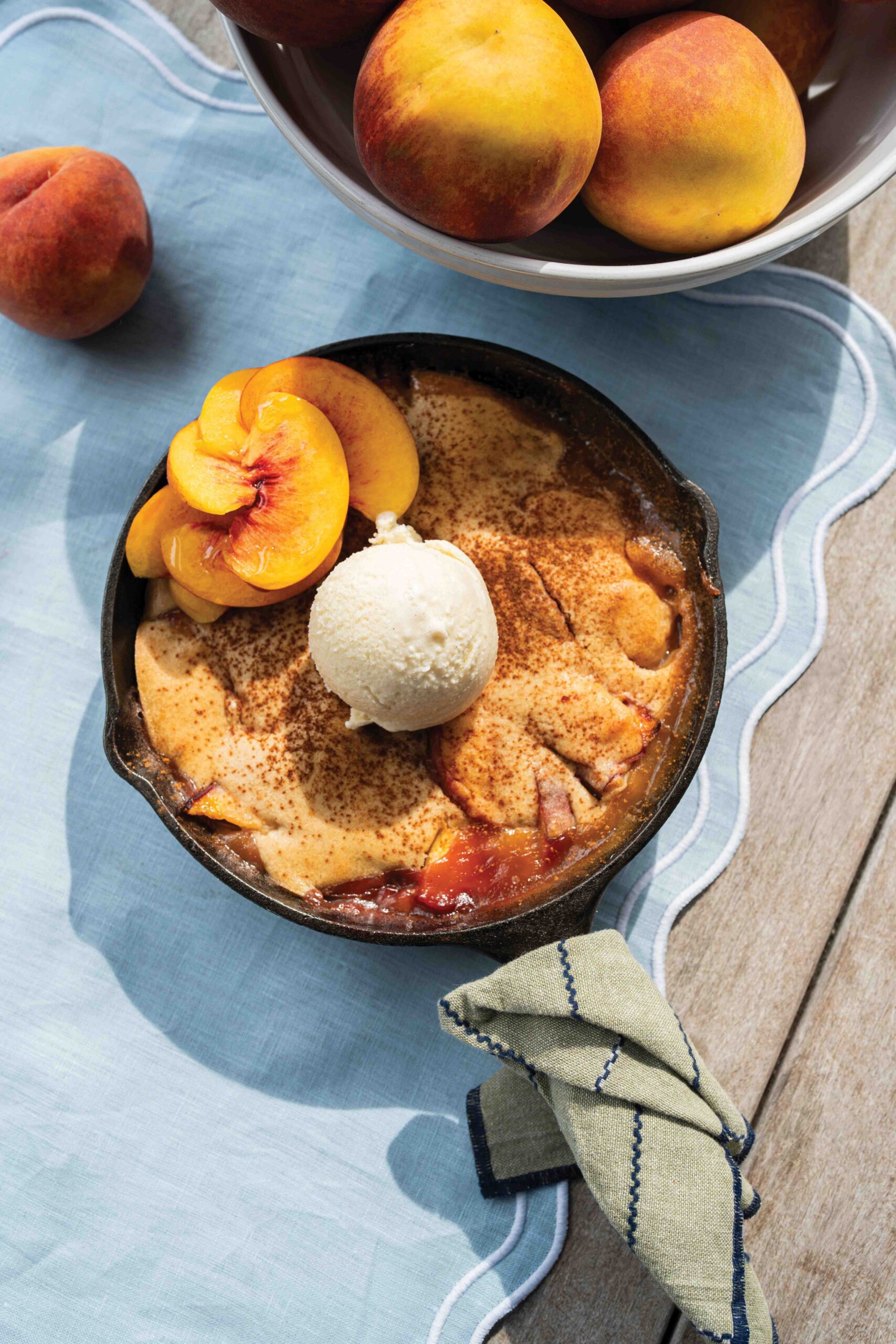
Palmetto Bluff Club Executive Chef Beth Cosgrove and Director of Culinary, Chef Rhy Waddington, Cook Up Four Peachy Recipes for a Summer in the South. Is there anything more iconic than a southern peach? A symbol of summer and Southern heritage, the peach car...
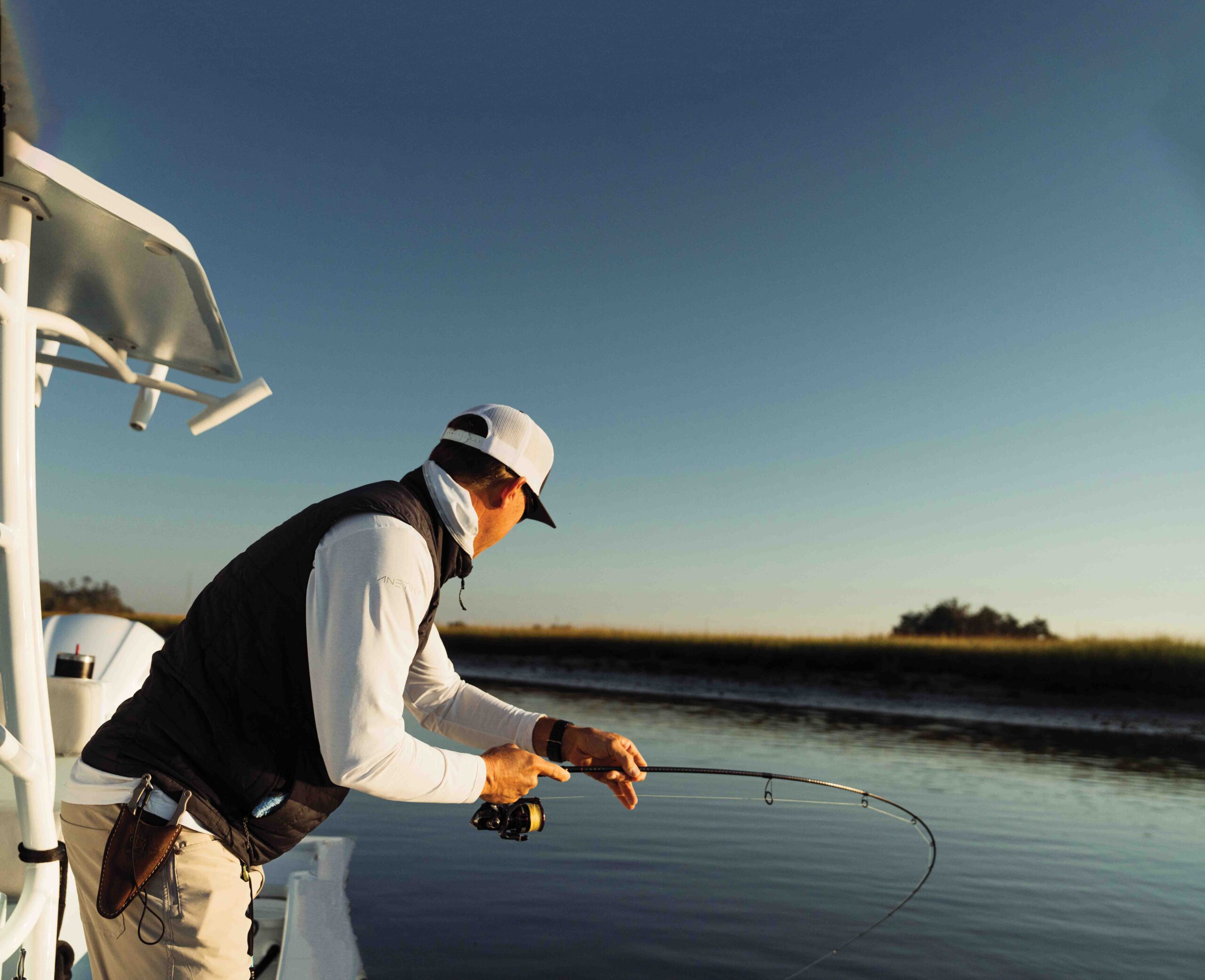
Following the tides and angling for redfish in Lowcountry creeks and estuaries with Captains Brian Vaughn and Will Stephens Story by Sandy Lang It is a sunny morning in October and the water is calm and glassy. The silence is punctuated by a gush of breath f...
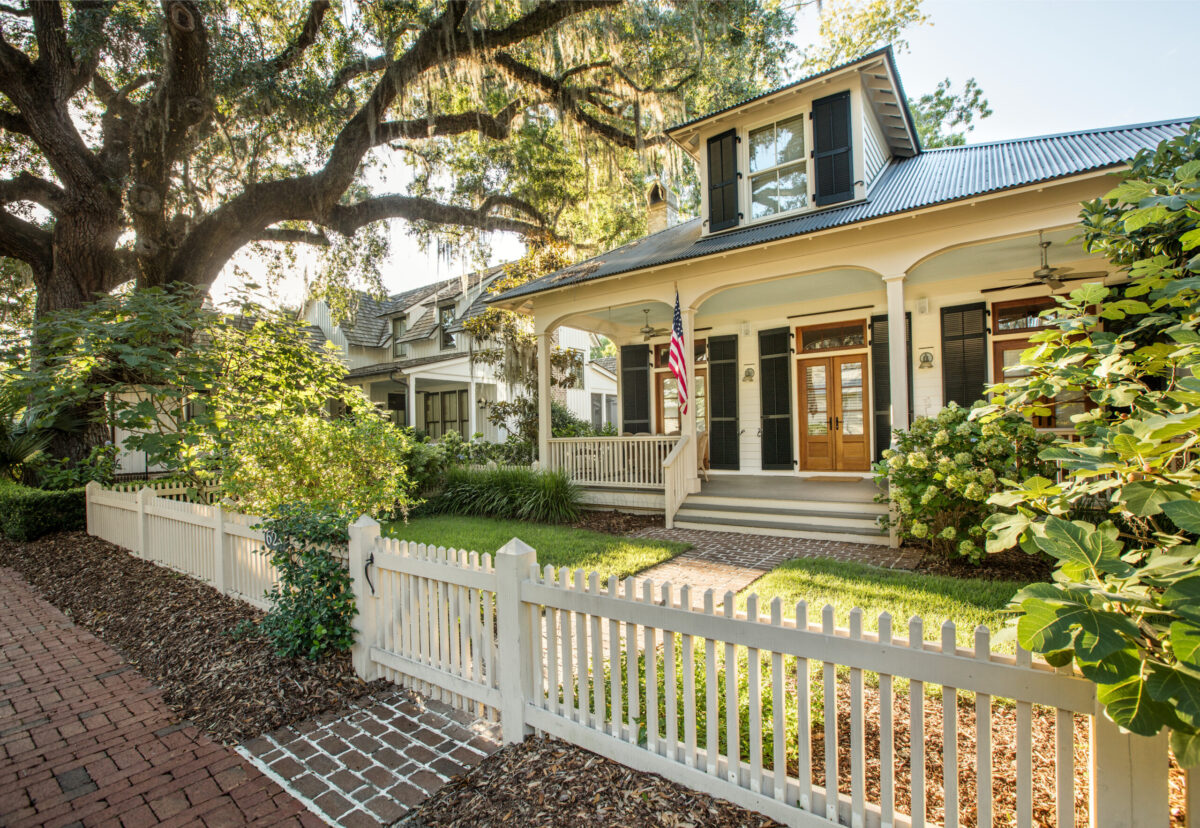
7 Ways To Upkeep Your Palmetto Bluff Home As spring arrives in the Lowcountry, the change in season brings more than blooming marshlands and sun-drenched afternoons; it’s also a perfect time to refresh and care for your Palmetto Bluff home. Coastal living mea...

When the land speaks, you listen. And at Palmetto Bluff, it spoke to two of golf’s most legendary course designers—Bill Coore and Ben Crenshaw. We invite you to watch our newest video, shot this past winter and featuring Bill and Ben, along with South Street P...

5 Renovations to Increase the Value of Your Lowcountry Home Whether Palmetto Bluff is your full-time residence or a cherished retreat, deciding to sell is never a quick or casual choice. However, when the time does come, you want your home to be as market-rea...
Learn about the Palmetto Bluff Conservancy and how we keep the vision of our land in place.
On land or water, there is an ever-evolving variety of activities.
We do not attempt to independently verify the currency, completeness, accuracy or authenticity of the data contained herein. All area measurements and calculations are approximate and should be independently verified. Data may be subject to transcription and transmission errors. Accordingly, the data is provided on an “as is” “as available” basis only and may not reflect all real estate activity in the market”. © [2023] REsides, Inc. All rights reserved. Certain information contained herein is derived from information, which is the licensed property of, and copyrighted by, REsides, Inc.